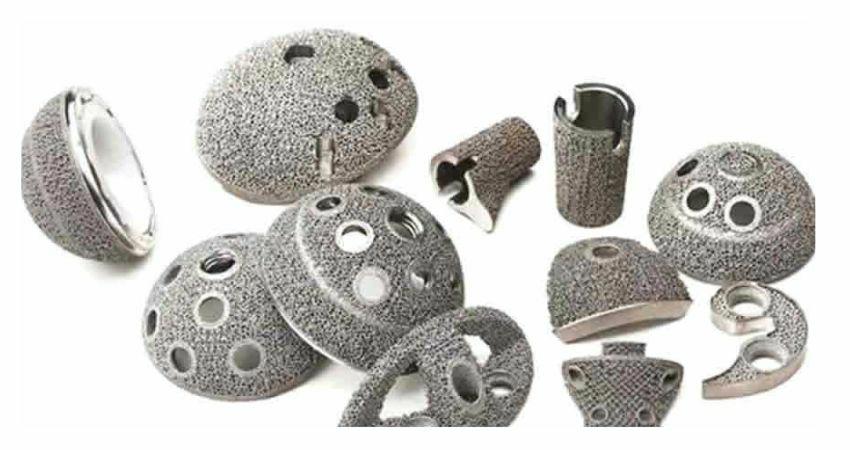3D Printed Titanium Implant Bone Joints: The Future of Medical Technology Innovation
3D printing is an innovative technology that is rapidly developing and constantly changing our lives. One of its unique applications – 3D-printed titanium implant bone joints – is revolutionizing the medical field. By utilizing the excellent biocompatibility of titanium alloy and the unparalleled flexibility of 3D printing, this technology promises to provide people with a better quality of life.
In the field of implant fabrication, 3D-printed titanium alloy technology is a cutting-edge production method. Its unique process enables the creation of bone joint implants that perfectly fit a patient’s anatomy, reducing surgical risks, speeding up the recovery process, and improving the quality of life.
The 3D printing technology employs the Powder Bed Fusion (PBF) process to construct titanium alloy bone joint components. By precisely melting and solidifying layers of titanium alloy powder, we can create a structurally stable, high-performance bone joint implant.
However, achieving this is no easy task. The precise 3D printing parameters and techniques to prevent product defects are still a challenge. The implementation of new technology also faces industry scrutiny and compliance requirements.
Despite these challenges, 3D printed titanium alloy technology has unmatched potential and a bright future. Researchers are continuously working to solve the aforementioned issues, hoping to make the products better suited for human needs, improving the biocompatibility and durability of bone joint implants.
Moreover, by using 3D printed titanium alloy technology, we can potentially create bone joint implants with bioactive surfaces to promote bone growth and strengthen the connection between the bone and implant. Additionally, the development of new materials is an essential direction, aimed at boosting product lifespan and durability.
In conclusion, 3D printed titanium implant bone joints represent an emerging field full of challenges and opportunities. As technology continues to advance, we can expect to witness more breakthroughs in the medical field and improvements in the health and well-being of patients.
Yes, this is a routine operation for most companies before inquiring.
We have metal 3D printing equipment and can provide sample 3D printing.
3D drawings allow engineers to better understand the structure of the product, and 2D documents can provide more information, including materials, tolerances, surface treatment, etc. More detailed information is conducive to more accurate quotation by engineers.
In the case of detailed inquiry drawings and information, it usually only takes 2-3 days for us to give you a detailed quotation, including the product price and mold price.
After confirming the order, we usually take 5-7 days to prepare the DFM report of the product. After confirmation, we spend 25 days to complete the mold and provide T1 samples to customers for testing in the following 10-15 days.
If there is a problem with the test, we will re-sample it for free based on the feedback and provide a suitable sample.
MIM products MOQ 2000 PCS
CNC products MOQ 2000 PCS
Alu die casting, MOQ 2000 PCS
PM product MOQ 5000 PCS
Typically, the lead time for processing and submitting samples is 30 days. However, according to the order quantity and special requirements of customers, we can extend or shorten the delivery cycle accordingly.
1-year product warranty
World-class testing equipment
30+QC Workers
Key sizes 100% checking before shipment
ISO9001+IATF16949
Usually T/T is used as the payment method
Mold: 50% deposit, 50% payment after confirming the sample.
Bulk production: 30% deposit, 30% see bill of lading Copy, pay 70% balance.



